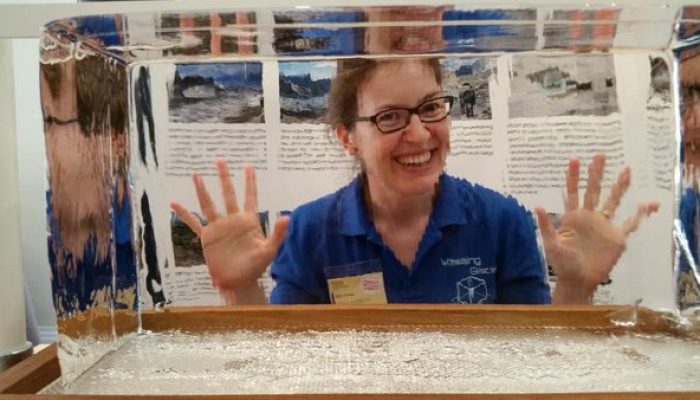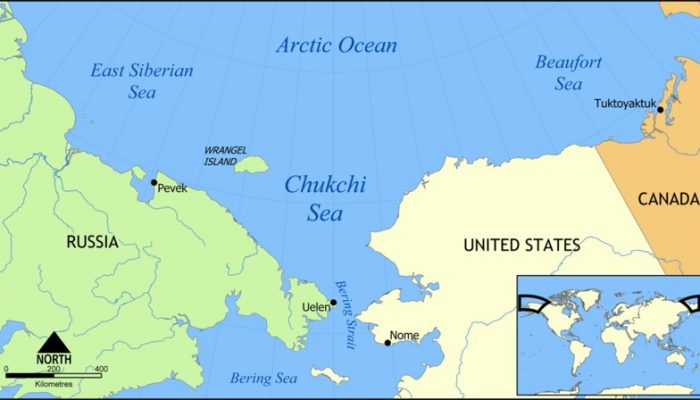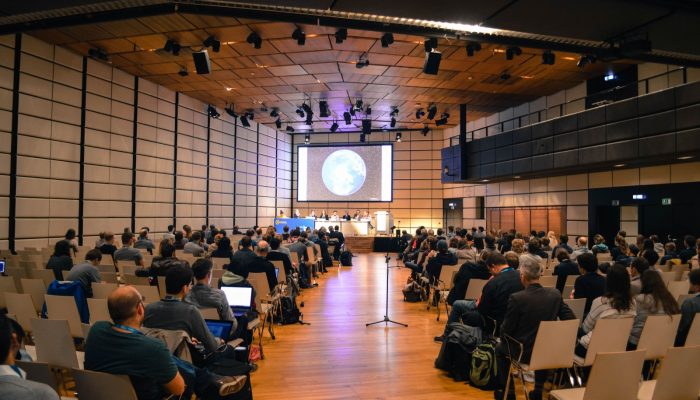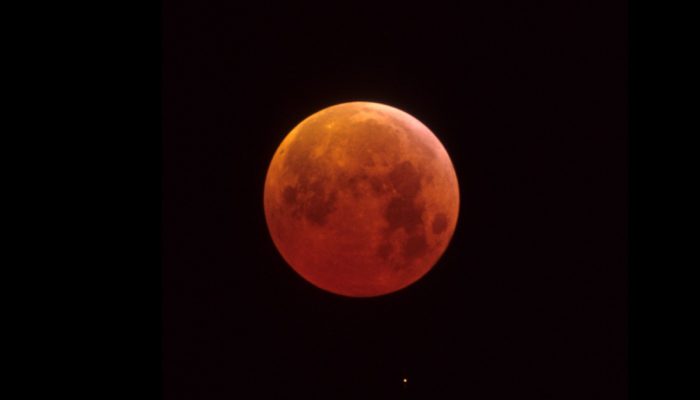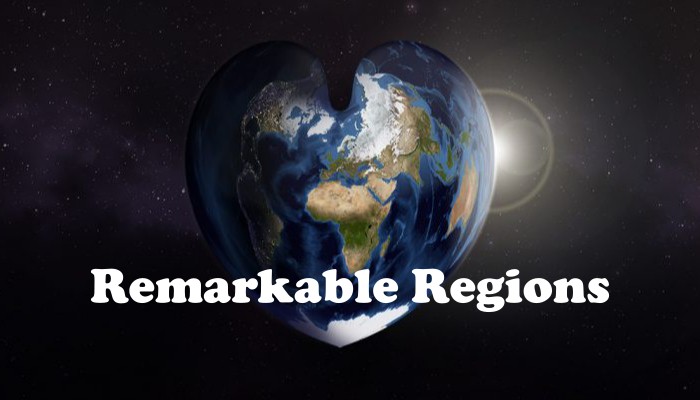Today’s post takes us to the far northern reaches of our planet, to a desert like nothing you’ve seen before. This picture is a view to the north across Alexandra Fjord, on the east coast of Ellesmere Island, in the Canadian High Arctic, with Sphynx island in the middle of the fjord. The south shore of Alexandra Fjord includes a polar oasis, an area of tundra vegetation and relatively mild climati ...[Read More]
WaterUnderground
Crowdfunding Science: A personal journey toward a public campaign
Post by Jared van Rooyen, MSc candidate in Earth Science at Stellenbosch University, in South Africa. Part one of three in a Crowdfunding Science series by Jared. ___________________________________________________________ When my supervisor, Dr Jodie Miller, suggested to me last year that we should look at crowdfunding as a way to potentially to fund my master’s project, I had no idea of what I w ...[Read More]
Cryospheric Sciences
Image of the week – Getting glaciers noticed!
Public engagement and outreach in science is a big deal right now. In cryospheric science the need to inform the public about our research is vital to enable more people to understand how climate change is affecting water resources and sea level rise globally. There is also no better way to enthuse people about science than to involve them in it. However, bringing the cryosphere to the public is a ...[Read More]
GeoLog
GeoSciences Column: When could humans last walk, on land, between Asia & America?
Though now submerged under 53 m of ocean waters, there once was a land bridge which connected North America with Asia, allowing the passage of species, including early humans, between the two continents. A new study, published in the EGU’s open access journal Climate of the Past, explores when the land bridge was last inundated, cutting off the link between the two landmasses. The Bering Strait, a ...[Read More]
GeoLog
Help shape the conference programme: Interdisciplinary Events at the 2018 General Assembly
Do you enjoy the EGU’s annual General Assembly but wish you could play a more active role in shaping the scientific programme? Now is your chance! But hurry, the session submission deadline is fast approaching. You’ve got until September 8th to propose changes. As well as the standard scientific sessions, subdivided by Programme Groups, EGU coordinates Interdisciplinary Events (IE) at the conferen ...[Read More]
Geochemistry, Mineralogy, Petrology & Volcanology
Welcome to the new GMPV blog!
Welcome to the brand-new blog for the EGU Geochemistry, Mineralogy, Petrology & Volcanology (GMPV) Division! The aim of this blog is to provide a unique space for all mineral geeks, volcanophiles and rocking chemists to tell the world about their latest research and exciting new ideas! The GMPV Division covers a huge range of themes including: the nature, composition, structure of the Earth’s ...[Read More]
GeoLog
Imaggeo on Mondays: A total eclipse of the Moon
Today, all eyes are turned to the sky; at least in North America, where the region will be treated to an eclipse of the sun. The online hype is hard to miss and its hardly surprising, opportunities to see the moon completely cover the Sun, where you are, are rare*. According to NASA, the same spot on Earth only gets to see a solar eclipse for a few minutes about every 375 years! If like us, you ca ...[Read More]
Cryospheric Sciences
Image of the Week – See sea ice from 1901!
The EGU Cryosphere blog has reported on several studies of Antarctic sea ice (for example, here and here) made from high-tech satellites, but these records only extend back to the 1970s, when the satellite records began. Is it possible to work out what sea ice conditions were like before this time? The short answer is YES…or this would be a very boring blog post! Read on to find out how hero ...[Read More]
Geodynamics
The eastern Mediterranean: What’s in a name?
Every 8 weeks we turn our attention to a Remarkable Region that deserves a spot in the scientific limelight. To kick off this series, Anne Glerum introduces us to the eastern Mediterranean, which has been a natural laboratory for generations of scientists. The name of our Remarkable Region is quite descriptive: it designates the region around and including the eastern part of the Mediterranean Sea ...[Read More]
GeoLog
Imaggeo on Mondays: The wonderful home of pink flamingos
This stunning photograph is another of the fabulous finalists of the 2017 imaggeo photo contest. Imaggeo is the EGU’s open access image repository. It’s a great place to showcase your photographs; so whether you are stuck in the lab this summer, frantically typing away at a paper, or are lucky enough to be in the field, be sure to submit your photographs for all EGU members to see. You never know, ...[Read More]



